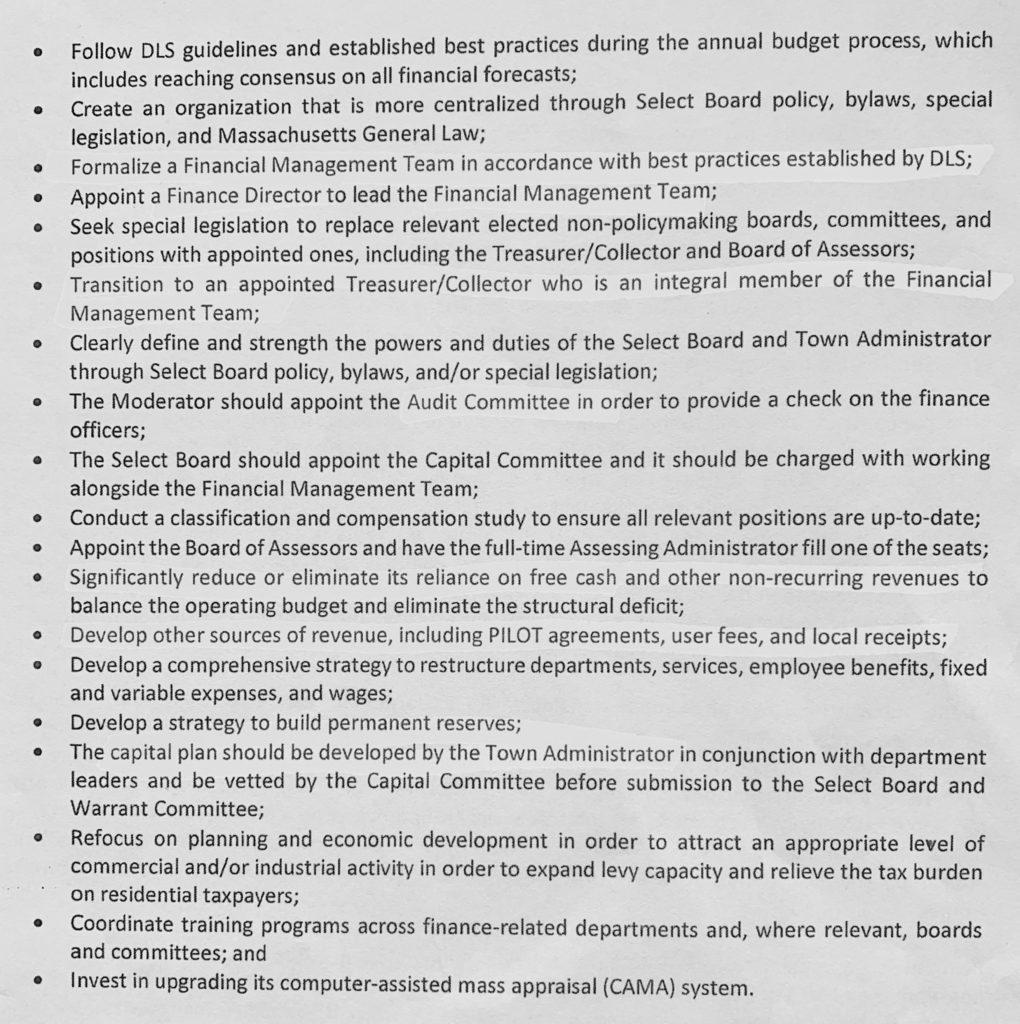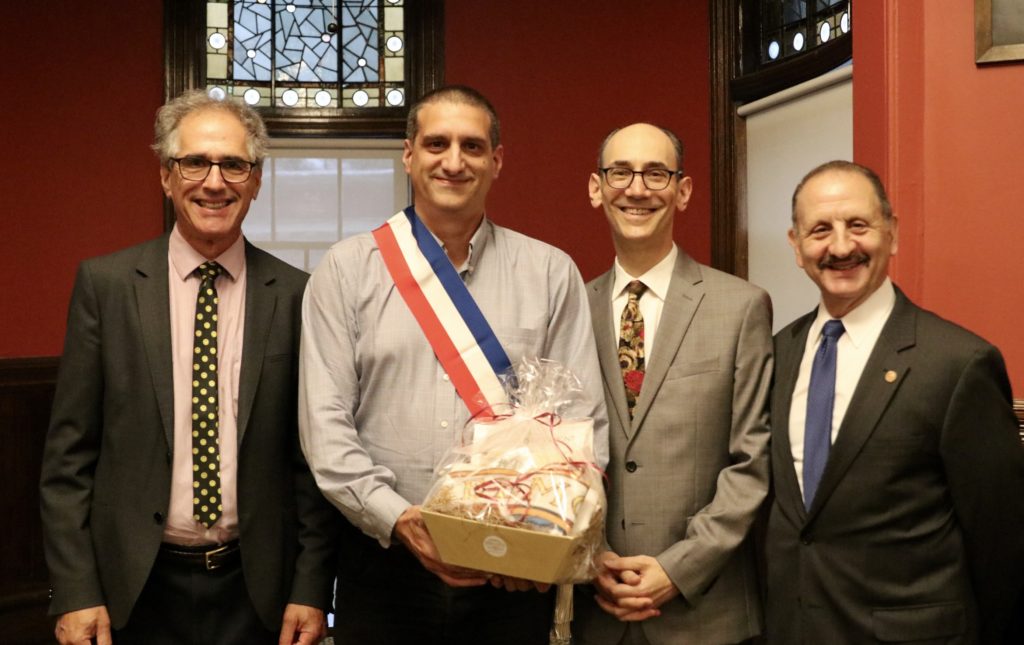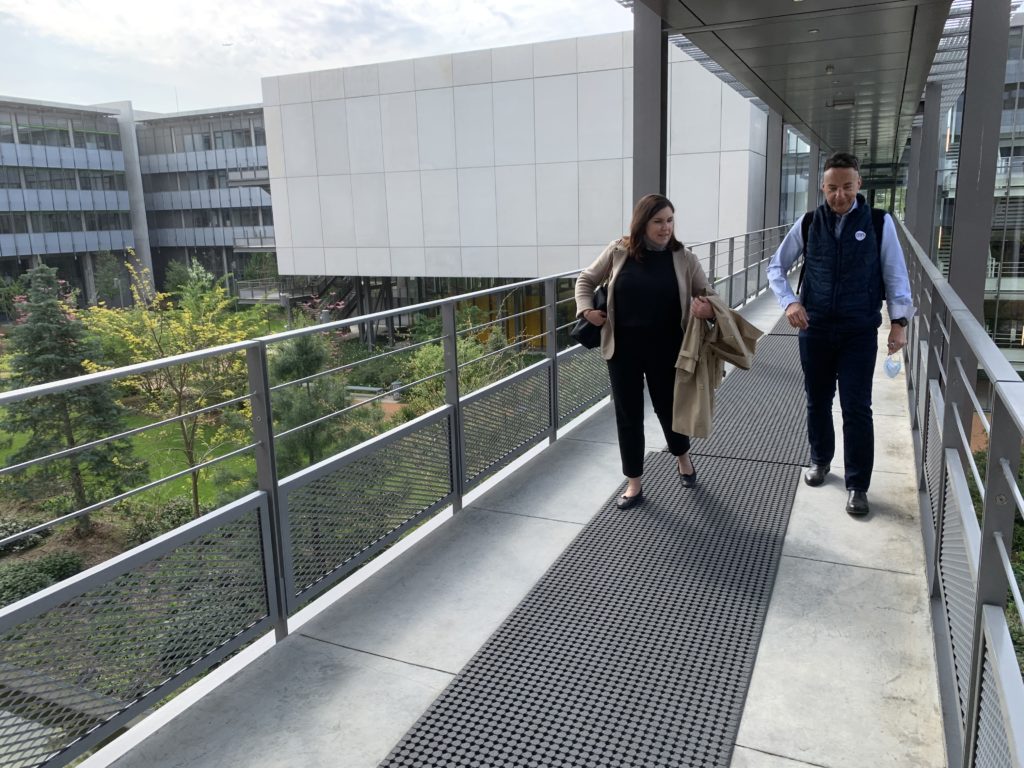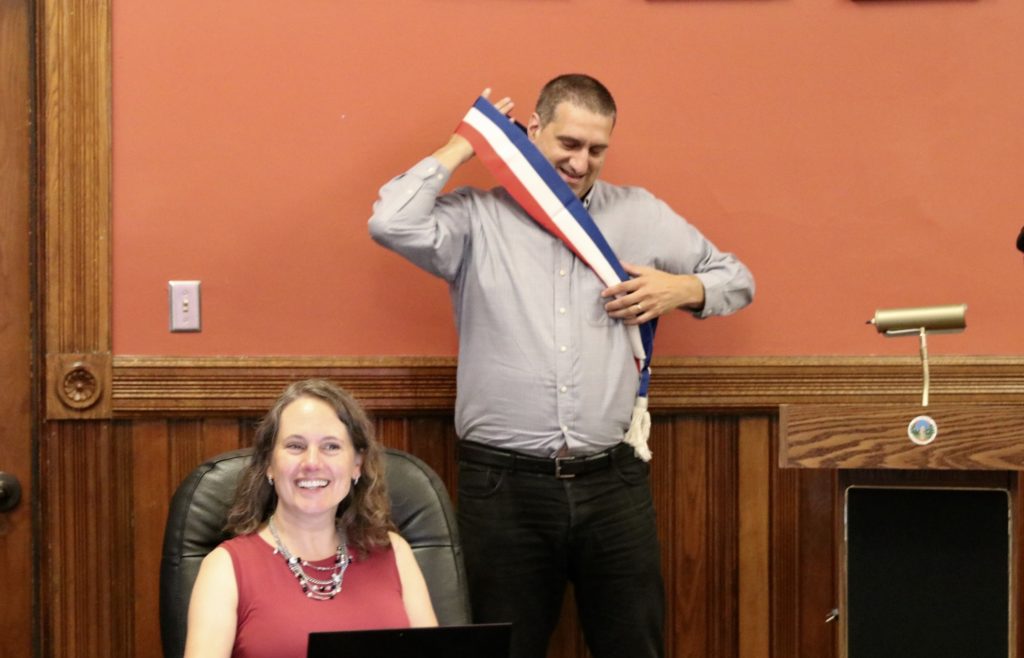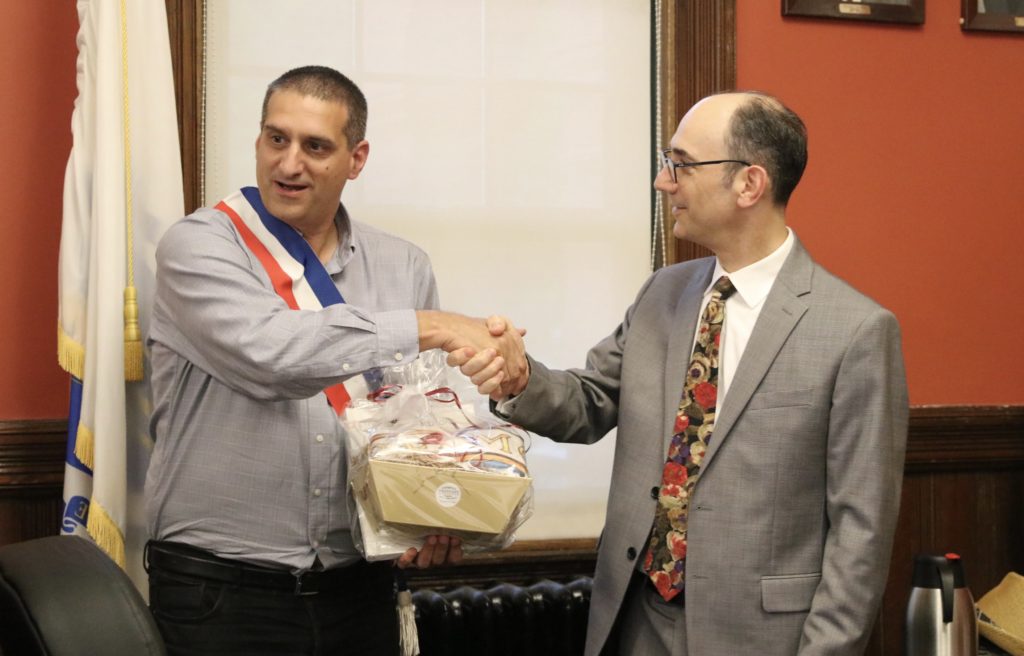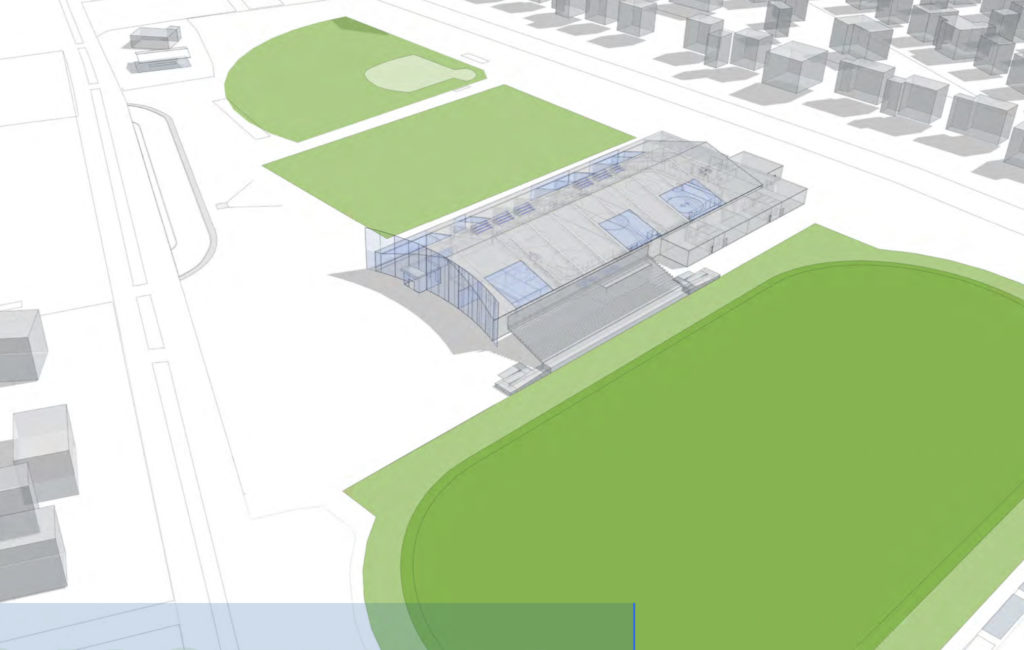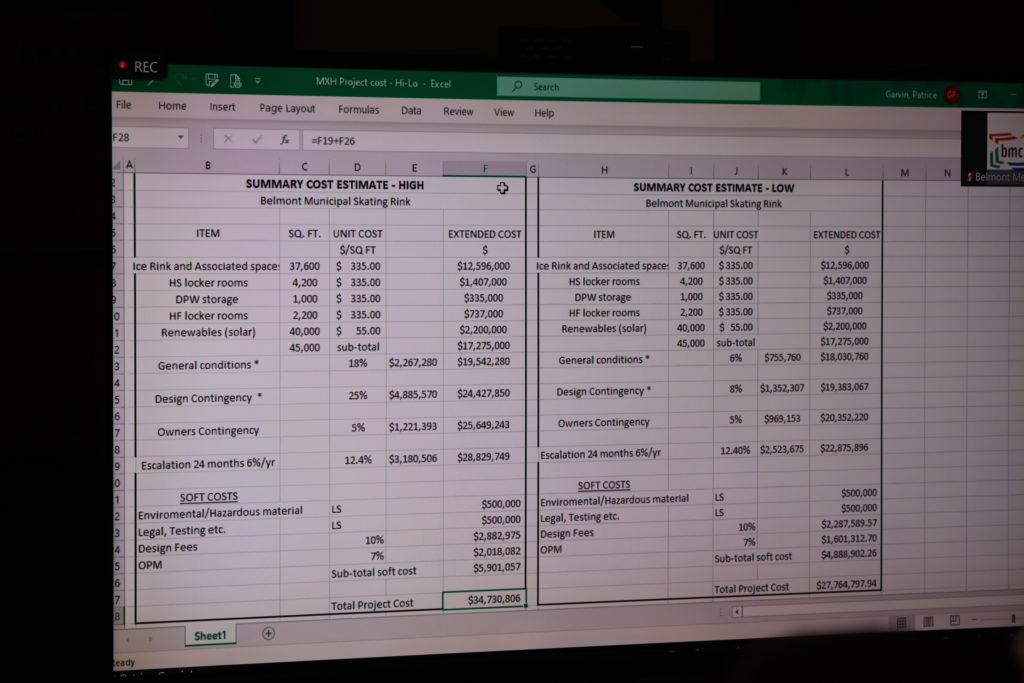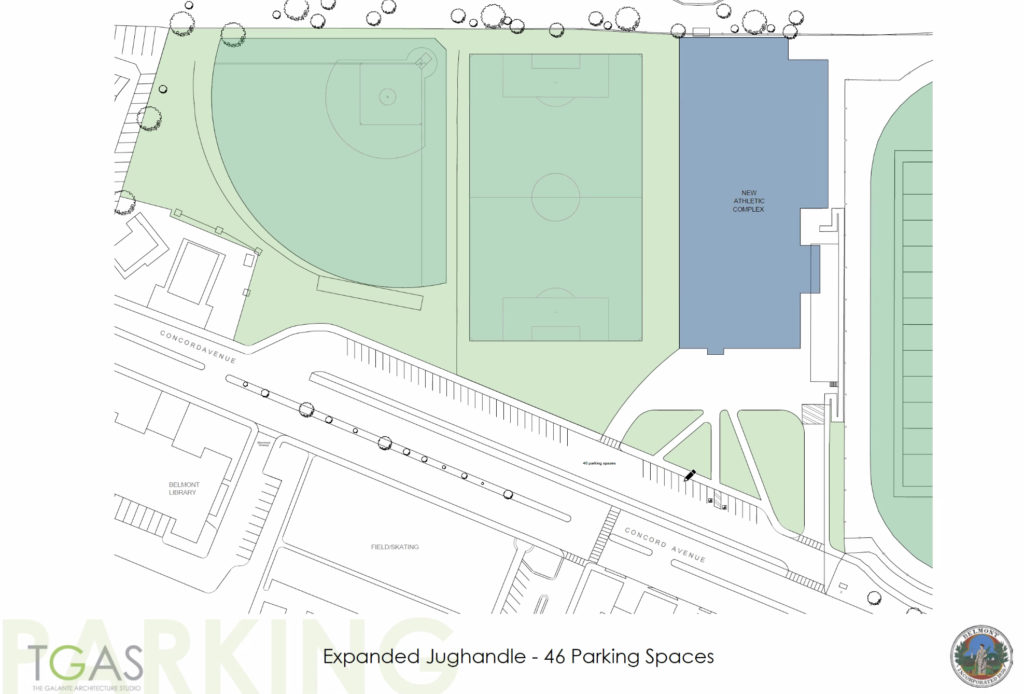Photo: Shawna Healey
For Shawna Healey, there were 500 reasons Belmont’s Human Resources Director will be leaving for the same position in Woburn.
The 500 is the distance in feet she’ll be traveling from the end of her driveway to the Woburn Town Hall when she begins her new job as its HR director in mid-October.
And with a 10-month-old son and an opportunity to work where she’s lived most her life, “it’s a life balance decision,” Healey told the Select Board at its Aug. 29 meeting. Healey’s final day will be Oct. 7.
“I’m fortune enough to have the opportunity to work in my hometown where I grew up and where I still live,” she said.
“I’m sorry to see you go but I can’t compete with being 500 feet from work,” said Board Member Adam Dash, who along with the rest of the board praised Healey for her work in finalizing at time contensious union contracts.
A graduate (BA) of St. Amselm College and (MBA) Southern New Hampshire University, Healey arrived in Belmont in September 2017 as assistant to than HR Head Jessica Porter. She became acting director in October 2020 before being named director in March 2021.
